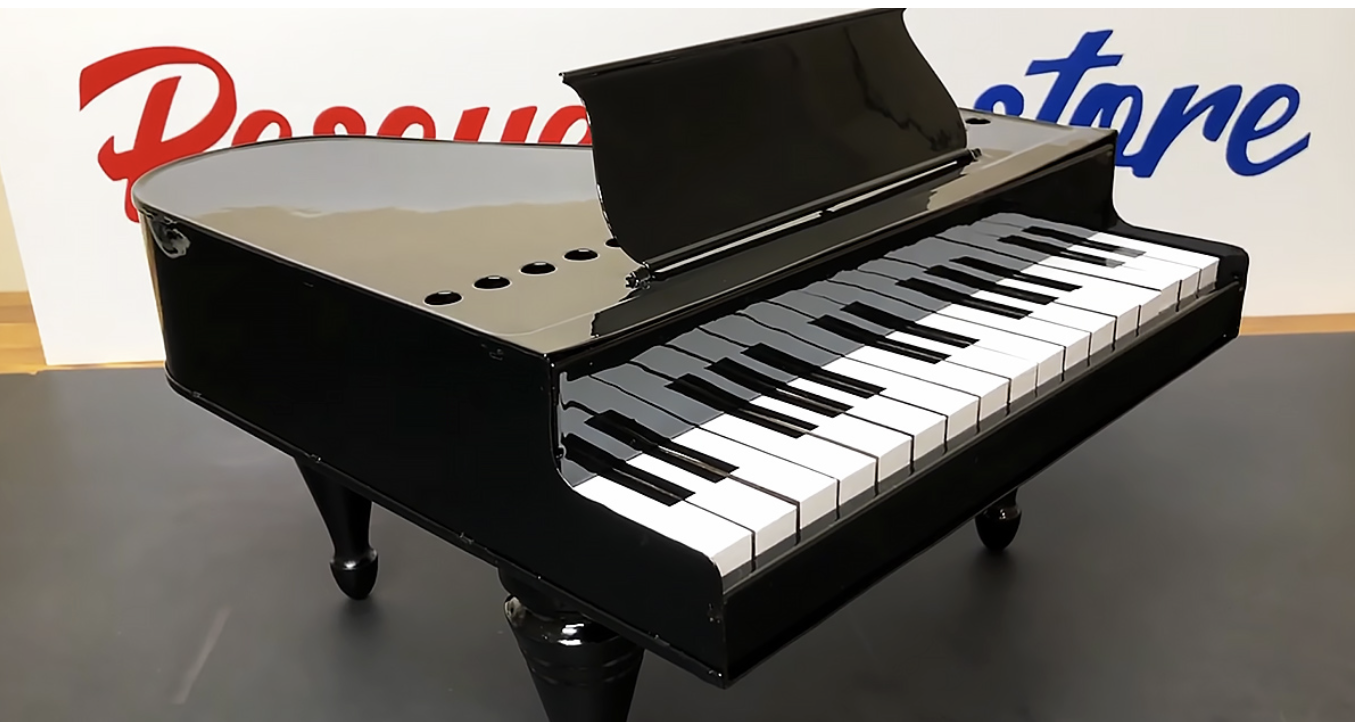People are accustomed to discarding everything obsolete and useless. This is the natural order of things and the law of existence. The old must be replaced with the new. However, certain items are intrinsically valuable and will never be made again. This is true for vintage and antique things. Because many old processes for creating particular goods have been forgotten, individuals have learned to restore them. When it comes to pianos and grand pianos, as well as furniture, the words «restoration» and «repair» have diverse connotations. Rather, they are classified as distinct types of repairs.

When dealing with historical instruments, the term «restoration» is used; however, when working with modern pianos, the term «repair» is used. Restoration, as previously said, is repair by a unique method. Restoration does not permit modifying the painting process or substituting materials that do not perfectly match the originals. In other words, piano restoration returns the instrument to the precise shape in which it was made years ago by a craftsman or manufacturer. As a result, practically every vintage grand piano is distinctive in several ways. Many factories and workshops no longer exist today, and the parts they once manufactured do as well. Such particulars must be meticulously fixed and corrected.
However, not only actual pianos but also toys are restored. The master discovered an old toy piano in the attic and decided not to throw it away. The toy has been around for almost a century. The master began to meticulously restore a magnificent artifact. The restoration took several months, but the end result was a brand-new toy from the previous century. Every detail has been painstakingly sanded and painted. The keys have been replaced with new ones, painted, and varnished. The restorer removed corrosion from the whole internal mechanism and restored the keys’ crisp sound.



